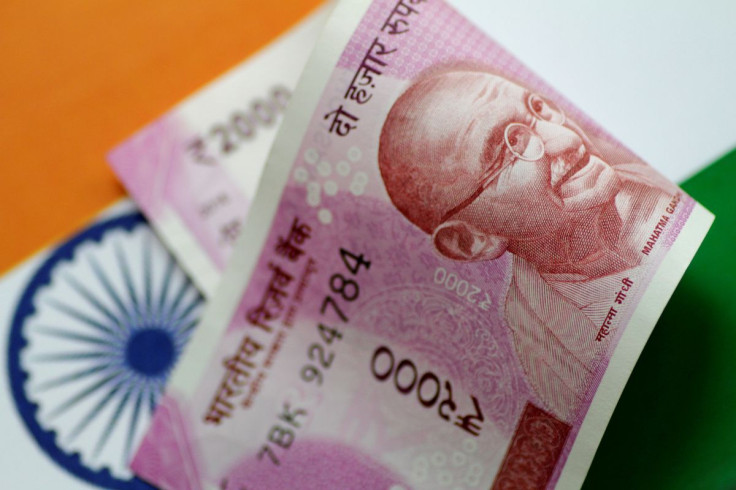From Commerce To Currencies, India Eyes Global Role For Rupee

India has made the move to internationalize its currency by allowing importers and exporters to be paid in rupees.
The July 11 decision, which is touted as a first step towards the 100 percent convertibility of the rupee, by India's central bank will put in place a mechanism for international trade settlements in Indian rupees (INR) with immediate effect.
Though the move to put in place an additional arrangement for invoicing, payment, and settlement of exports/imports in rupees by India's apex bank may not go well with western nations and the U.S.
However, it will make trade easier with Russia and India's South Asian neighbors. Previously, India was conducting trade in fully convertible currencies like the U.S. dollar, the Sterling Pound, Euro and Yen.
India's Reserve Bank of India said in the July 11 notification titled, International Trade Settlements In Indian Rupees, that the purpose is "to promote the growth of global trade with emphasis on exports from India and to support the increasing interest of the global trading community in INR."
Banks in the exporting countries will hold the Indian money in their local currency and Indian banks will hold the other central bank's money in rupees.
Vostro means "your money in our account," and the 'Rupee Vostro Accounts' will allow other nations' holdings in the Indian bank in Indian rupees.
The surplus in these accounts can be set aside for payment in projects and can be invested in government bonds and treasury bills.
The new payment mechanism is also going to facilitate more trade with countries like Iran which are facing sanctions imposed by the U.S., as it will use special Rupee Vostro Accounts to settle trade denominated in rupees.
The biggest beneficiary is going to be Russia, which has been cut off from its dollar reserves in the U.S., UK and the EU after it was removed from SWIFT (Society for Worldwide Interbank Financial Telecommunications).
Since Russian banks are banned from using SWIFT, the new arrangement is seen as aimed at facilitating more trade with Russia. The move is also touted as an alternative to the SWIFT payment system.
Another beneficiary is going to be cash-strapped Sri Lanka. India can now extend a rupee loan to Sri Lanka and can ask the crisis-hit nation to use it to pay for Indian goods.
This will also allow the beleaguered island nation to pay back the rupee loan when normalcy returns. In 2020, India was Sri Lanka's second-largest trading partner, amounting to around $3.6 billion.
The immediate reason for India to conduct its international trade in rupee is India's dwarfing forex reserves, which are pegged at $588.3 billion (as of July 8) that can cover nearly 10 months of imports. If an exporting nation is willing to accept rupee payments, India can stave off the pressure on its forex reserve.
As the rupee's value has declined every week against the U.S. dollar, saving dollar outflows has become critical for India. On July 12, the rupee hit a new low of 79.60 against the U.S. dollar. So far this year, the rupee has lost over 6.4 percent against the dollar.
India's imports from Russia stood at $2.5 billion in May. This annualizes to $30 billion, and is expected to touch $36 billion annually. If India pays for all of its Russian imports in rupees, New Delhi can save up to $30-36 billion in dollar outflows.
Though India had pieced together a similar mechanism with Iran years ago, New Delhi gave it up after India decided to stop importing oil from Iran in 2019.
Indian exporters have , however, raised the concern that exports in rupees will be entitled for export benefits which are currently doled out to trade conducted in specified foreign currencies.
India is also eying countries in the Middle East from where it imports crude oil which, in turn, buy foodstuffs and engineering goods from India. There is also a large number of Indians in the Gulf nations who are eking out a living there. India, in the future, may set up a rupee trade area like China has cobbled together a renminbi-trading area.
Though the move may fetch short-term benefits for India, the rupee has to prove its merit as a strong currency before it can become an internationally accepted currency.
Experts said that the new arrangement, as of now, appears useful only for export to beleaguered Sri Lanka and import from sanctions-hit Russia and Iran.





